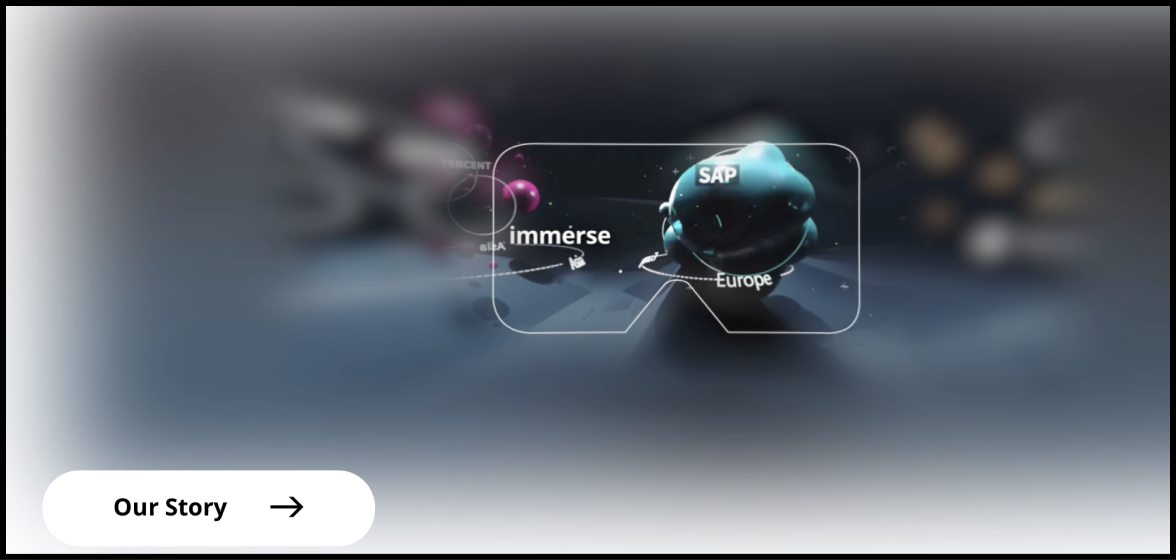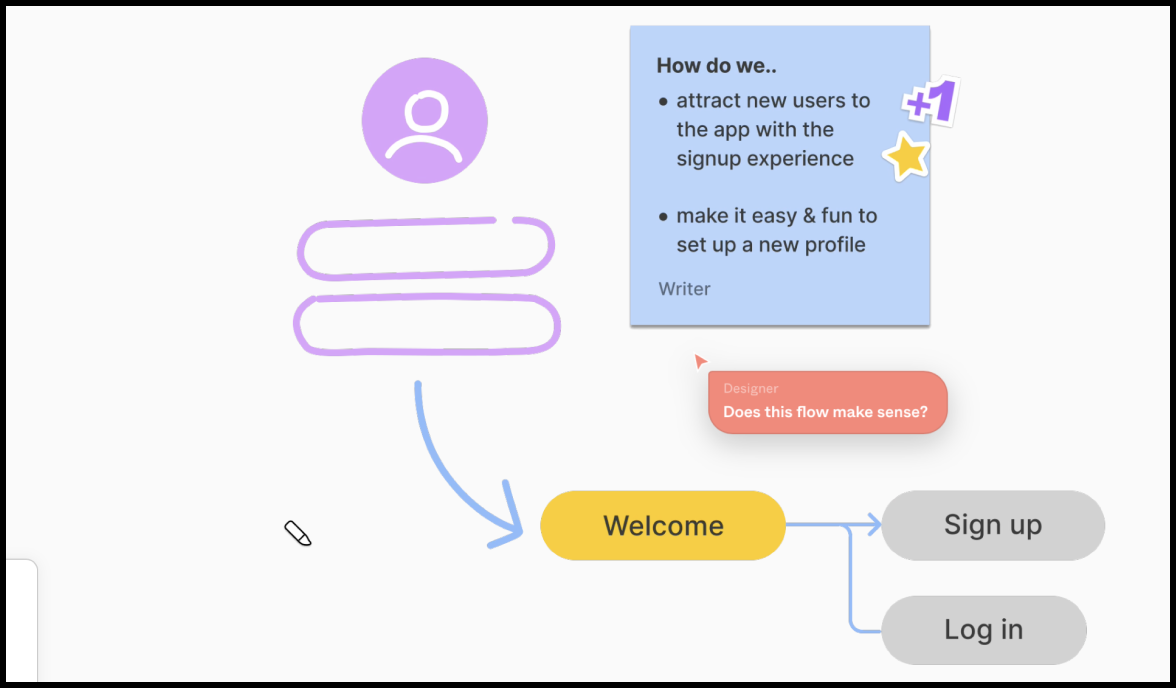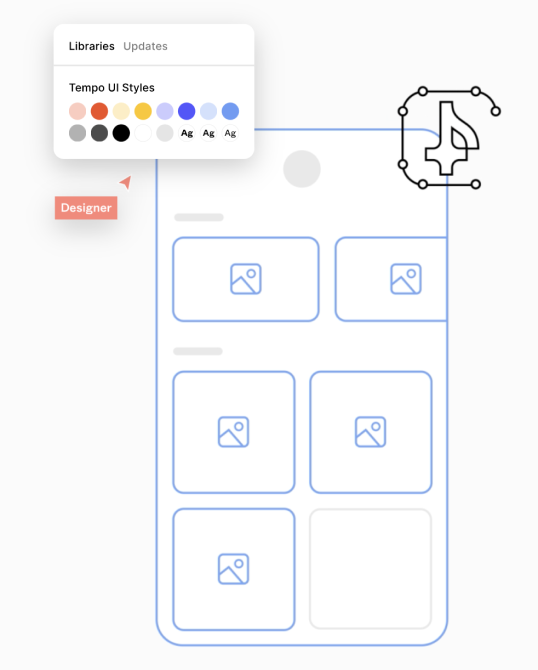Jellyfish: Before and After Figma
Founded in 2005 and now employing 2,500 people across 42 offices worldwide, Jellyfish’s tentacles stretch far and wide. Describing itself as “a new kind of marketing performance company for the platform world”, its work takes in tech, media, creativity, data and training, and helps to shape the future of some of the world’s biggest brands – including perhaps the world’s biggest brand, Google.
Figma use isn’t yet endemic at Jellyfish – but it’s heading that way. We spoke to Hannah Dempsey, Senior Marketing Director, and Ben Terry, VP of Operations, to get their perspectives on how Jellyfish’s creative, design and dev teams have had their day-to-day processes changed by Figma’s growing influence.
How did Figma first make its way into Jellyfish?
Ben Terry: I think we were probably fairly early adopters of Figma! A few years back, some of our clients – including a major global sportswear brand – were starting to use Figma for their master templates, and so we were receiving Figma files from them.
We have a very agile agency model. So, we have our own core tech stack that we use to implement the ‘one Jellyfish way of working’, but we also need to be flexible enough to work in the ways that clients want to work. It's always a bit of a balancing act between the two. And so that’s how Figma was first introduced to us.

And, from there, how rapidly did Figma usage spread?
Ben Terry: When a product is as good to use as Figma is – and when it’s so highly collaborative – you’re going to see a very high adoption rate very quickly. Not only has there been a growth in the number of projects we work on using Figma, but the day-to-day interactions with these projects has grown exponentially too.
For me, the best practice use of a platform is to remain within that environment for as long as possible, utilising its features wherever possible, right across the process. So as Figma adds more features, our user base will naturally look to adopt those features, rather than constantly be dipping in and out of different platforms to do creative, share with stakeholders, make changes and so on. It makes much more sense to stay within one Figma user journey.
With Figma’s Enterprise model, there's that nice layer of client-specific workspaces, which means you have increased control and security. It’s clear that Figma is constantly growing as a product, and ‘learning’ as it grows. With a lot of these new features, you can see that the Figma team understands agencies’ need to be flexible, and to be able to work inside a single product, while supporting both internal users and clients.

Can you tell us about a recent project that Jellyfish has used Figma for?
Hannah Dempsey: Jellyfish is in the process of creating a new visual identity, which includes our new brand identity and will shape our new website design. And this visual identity is being created in Figma.
What I like about Figma is: in a pre-Figma world, I’d have been sent this new visual identity in jpeg or png format, attached to an email saying something like, “Hey, what do you think of this?” But now, I can be sent designs – visuals, website, landing page, whatever – and I’ve got the ability to see their entire history.
I can see the comments, I can see the iterations, I can see where people have said, “We thought about doing this, but we aren't sure about this…” And I've really grown to appreciate that, because you get to see the effort that’s gone into each decision; the thought process behind adding an element in or taking it out.

Has Figma changed the ways in which Jellyfish’s teams work?
Ben Terry: Well, Figma has changed how rough ideas for creative concepts are handled. Traditionally they’d have maybe been roughly put together in a Photoshop file, or even just sketched out on paper. But now our teams are adopting this thinking of, “Hey, let’s get our creative straight into Figma.” And that means the hand-off between creative sign-off through to creative adaptation and delivery is a faster and more straightforward process. There’s no longer the need to first recreate the creative concept from a static offline piece.
So if we've got a really good creative master in Figma that's already been approved, we can then move very quickly into the creative adaptation stage. We can add a layer of automation, then we can go from creative to deployment in a very short amount of time with a large amount of adaptations.
Using Figma, you don't have to have that delay in getting the client sign off on all the different aspects of elements, only to then go through the whole build process as well. So yeah, it's pretty slick.
The Total Economic Impact of Figma
This Forrester report shows how teams are using Figma and FigJam to speed up their workflows, consolidate their design stack, and build better products.
See how Figma can help you scale design
Great design has the potential to differentiate your product and brand. But nothing great is made alone. Figma brings product teams together in a fast and more inclusive design workflow.
Get in touch to learn more about how Figma can help companies scale design.
We’ll cover how Figma can help:
- Bring every step of the design process—from ideation, to creation, to building designs—into one place
- Accelerate design workflows with shared company-wide design systems
- Foster inclusivity in the product team process with products that are web-based, accessible, and easy to use




